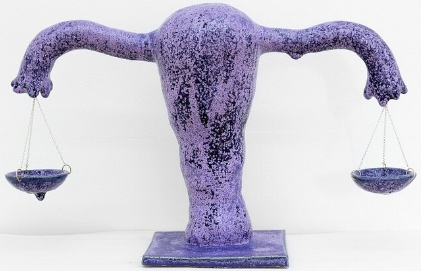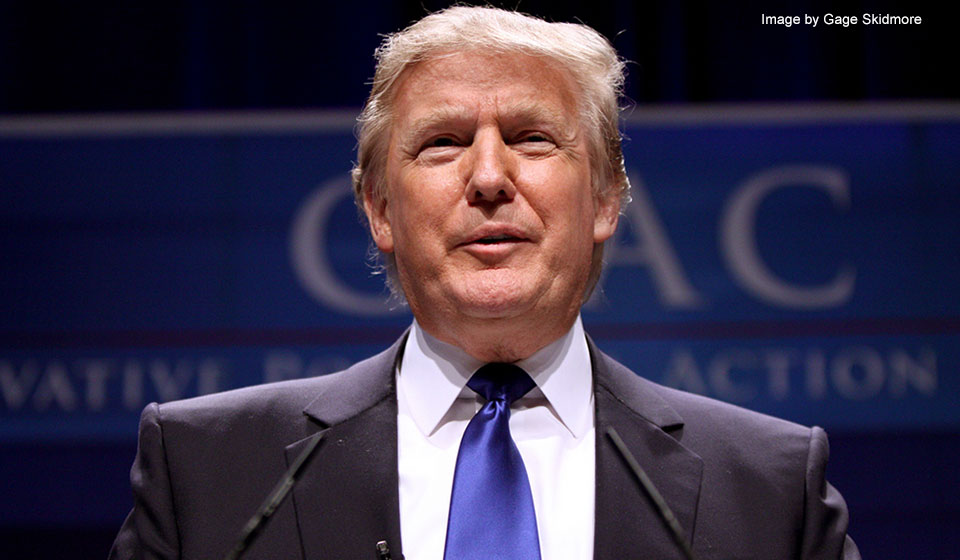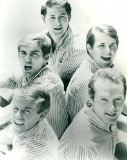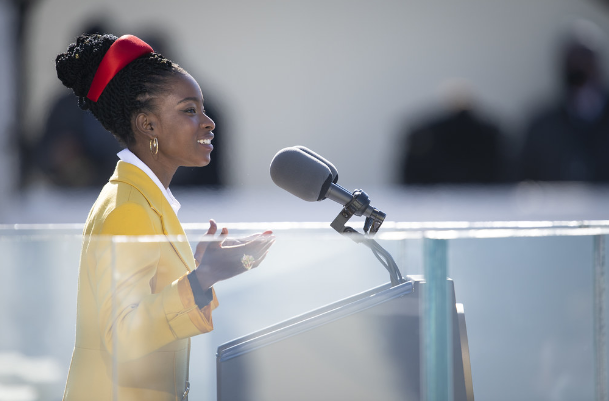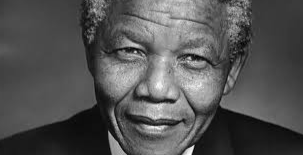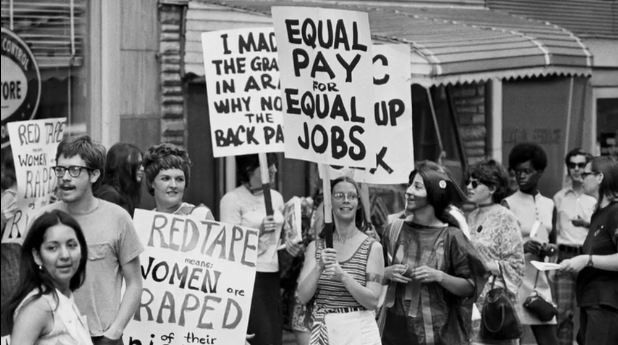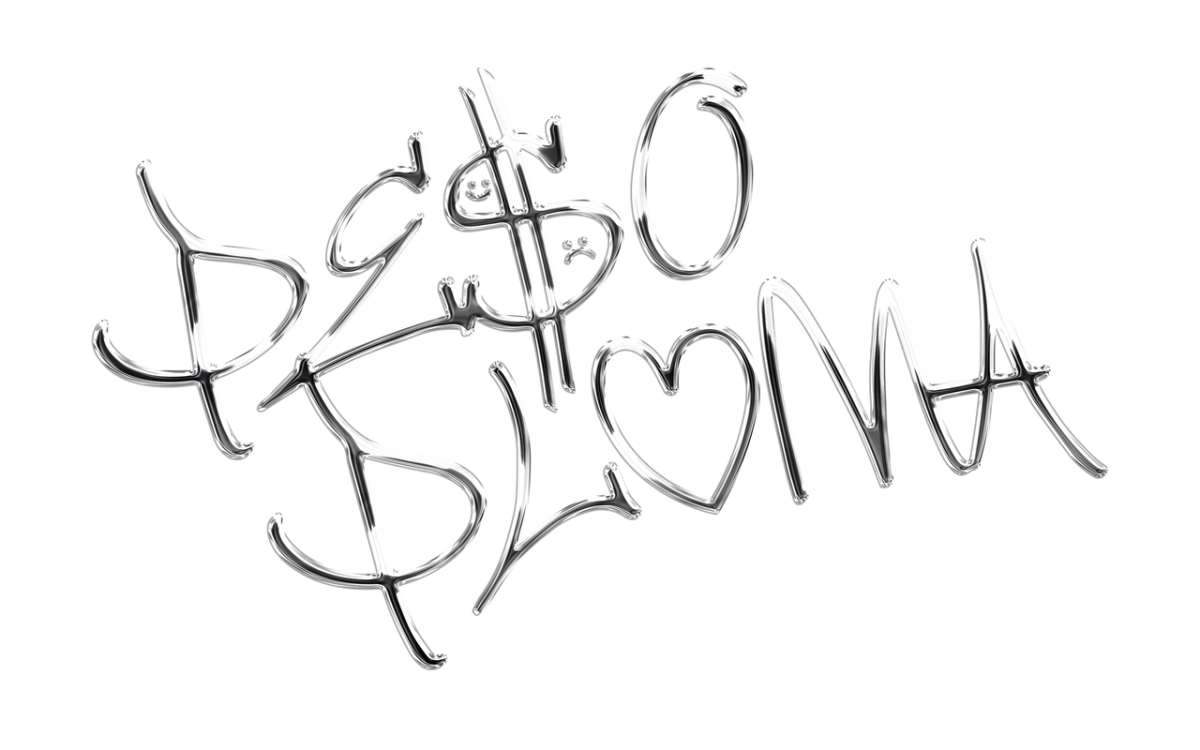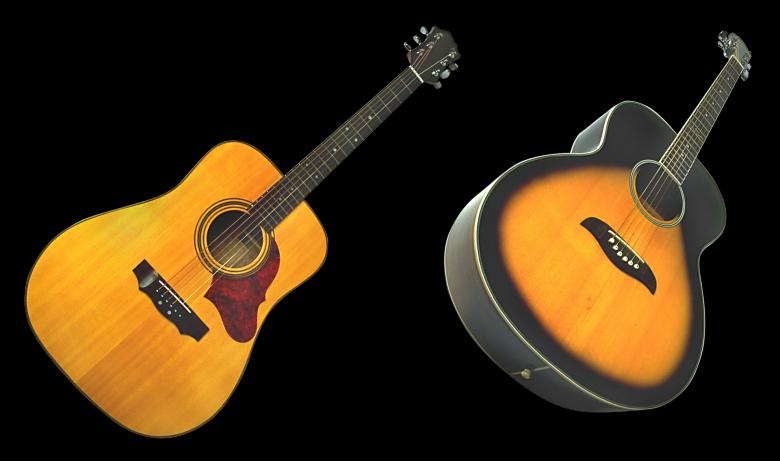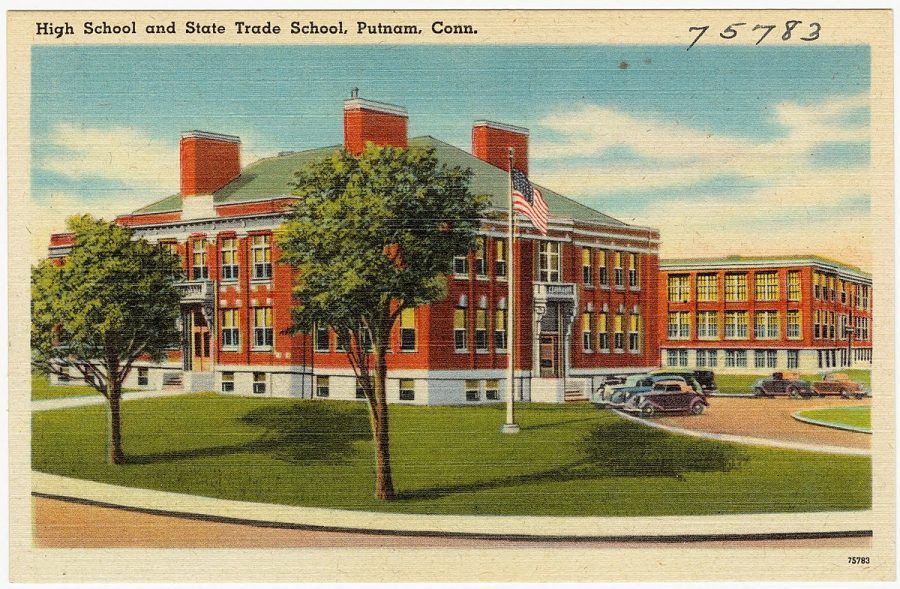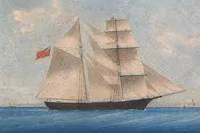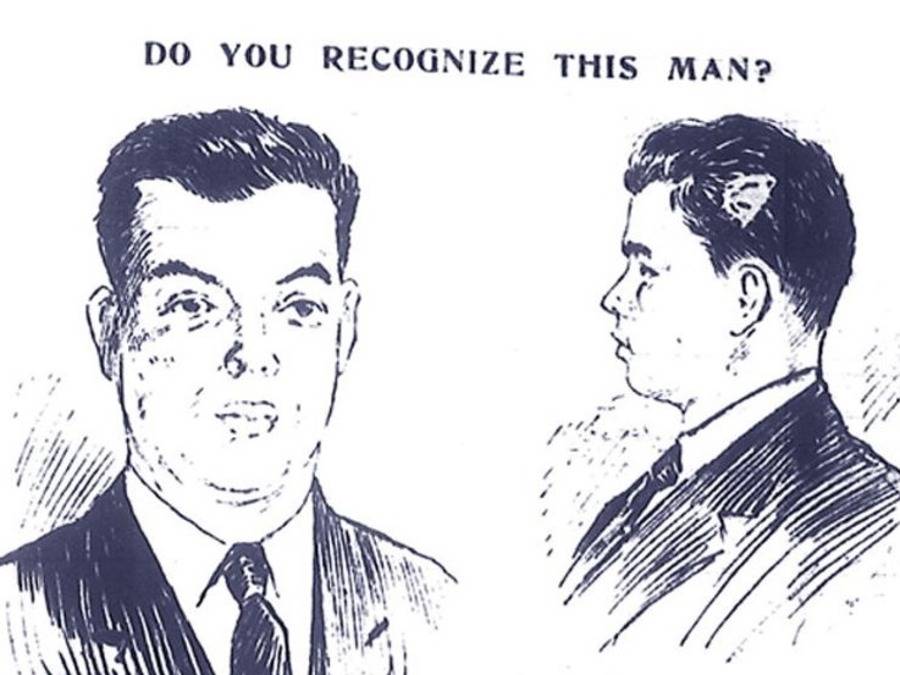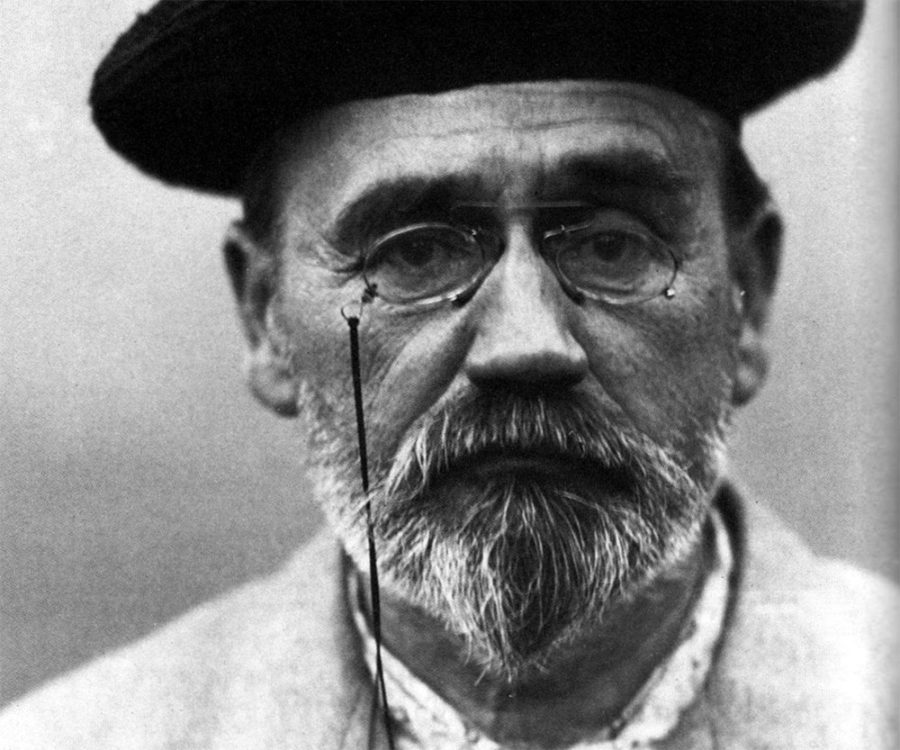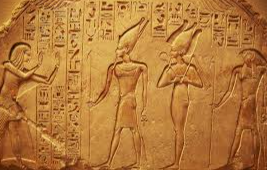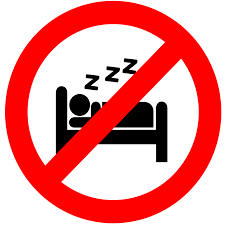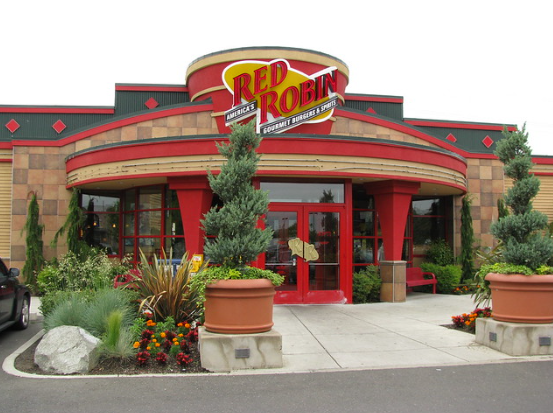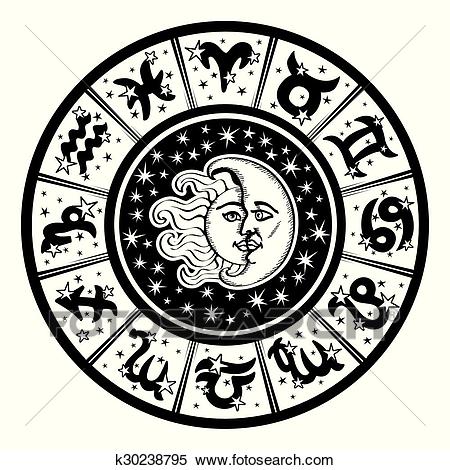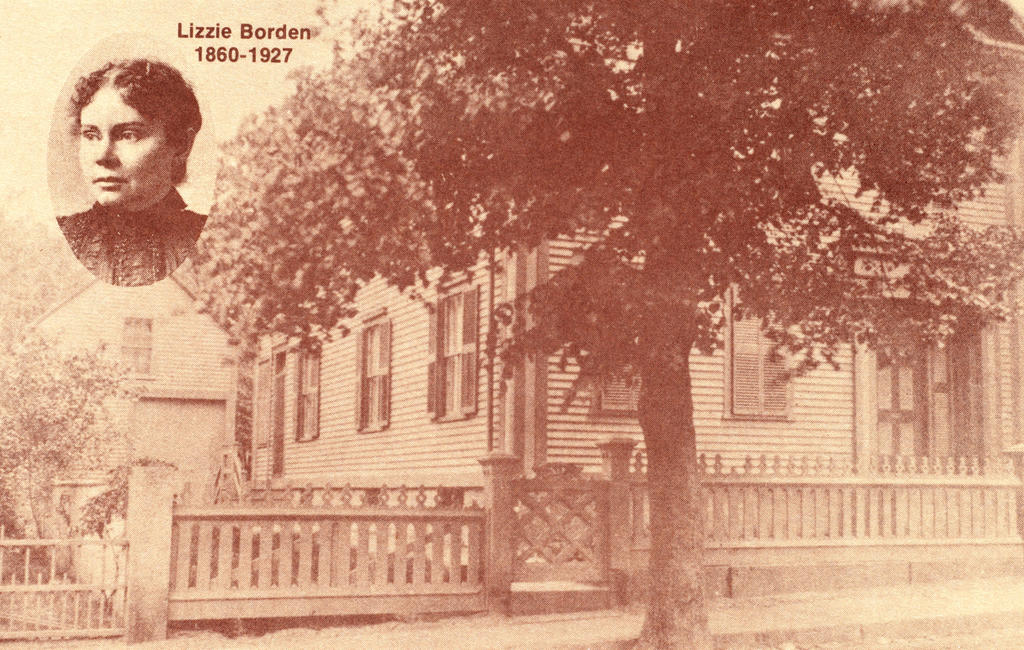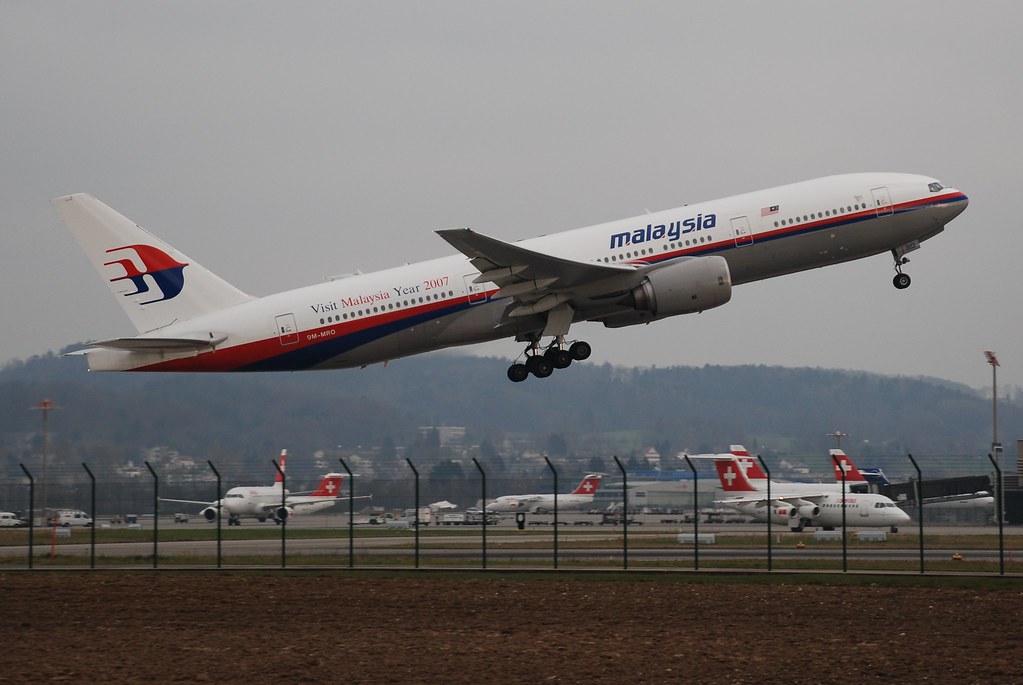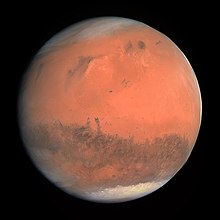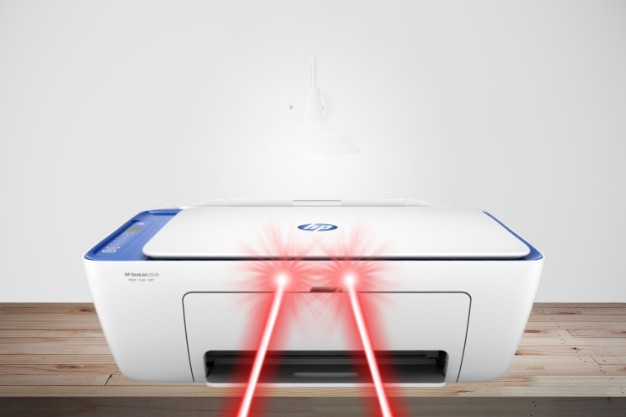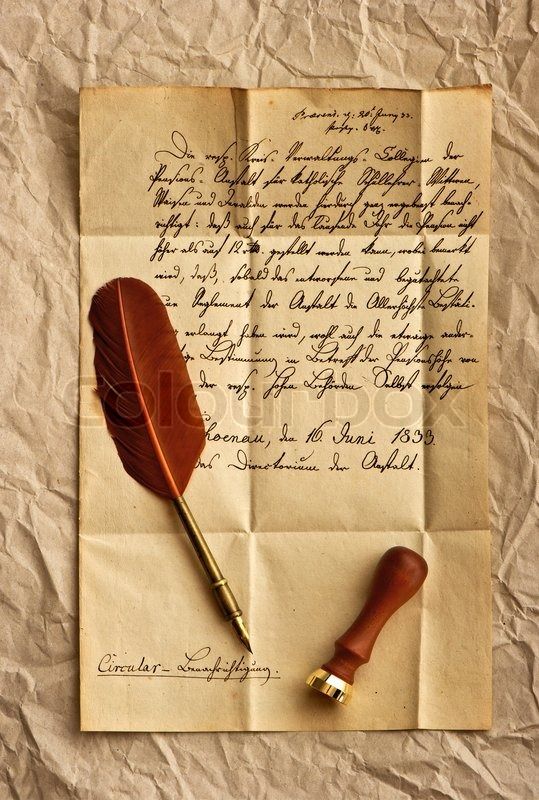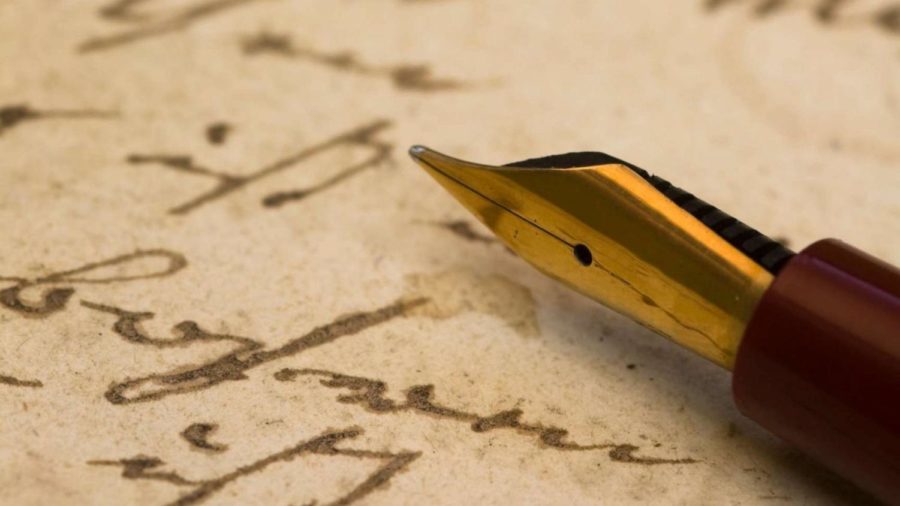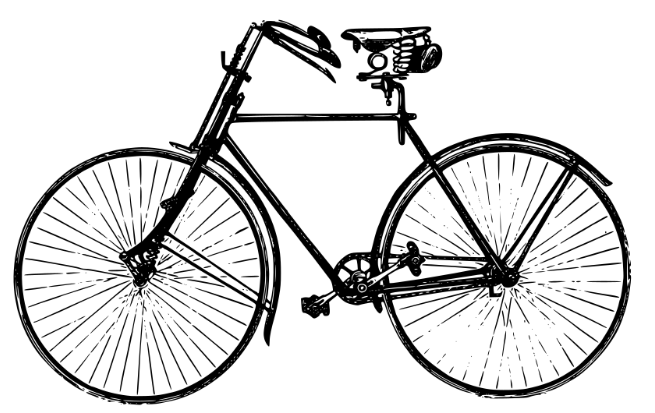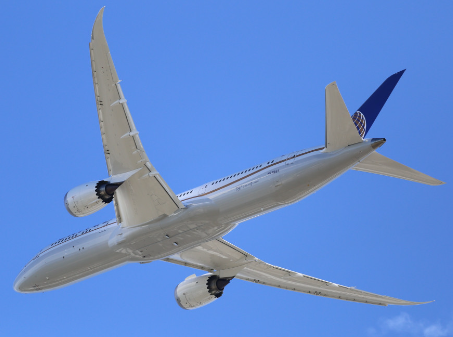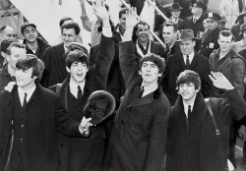We use computers for many things. But before computers were invented, people used typewriters to type and print documents. In this article we will learn about the history of the typewriter, how a typewriter works, and who helped improve it.
First, we will see how a typewriter works. A typewriter is a machine that prints letters onto paper. The person has to press keys, and each key has an imprint of a letter on the back. The person puts a piece of paper into the typewriter. They use another part of the typewriter called a carriage to secure the paper in place. Each key is connected to a typebar, so when the person presses a key, it lifts a part called a typeface. The typewriter uses a long, thin plastic ink ribbon to transfer the typeface onto the paper. That way, when the key is lifted, the letter is left on the paper. The typewriter also has a part called a platen, which is a steel cylinder covered in rubber used to absorb the impact of the typing.
Now, let’s see all the different types of typewriters. The first kind of typewriter is the standard typewriter. It was very large and heavy, so people had to leave it in one place in their house. Then, there was the portable typewriter. This type was smaller and lightweight, but it was not as resistant as the standard one. The portable typewriter often came with a case so it could be carried around easily. Next came the electric typewriters. They used an electric cord to power this type of typewriter. The electric typewriter produced fast, uniform typing. Another kind was an index typewriter. Instead of printing individual letters, the index typewriter had keys that would print common words and phrases. There was also a noiseless typewriter. Most typewriters make nice clicking sounds when their keys are pressed. The noiseless typewriter did not make so much sound because it imprinted the letters with less force. This was good because then the person could type by putting less pressure on the keys, but the printed letters were not as defined as the other typewriters. Also, since the noiseless typewriter pressed less ink onto the paper, the printed paper could not be used to produce many carbon copies.
The history of the typewriter included lots of people who helped improve it. Some of the early typewriters were made by Pellegrino Turri in 1808, William Austin Burt in 1820, Christopher Latham Sholes in 1860, Malling Hansen in 1870, Thomas A. Edison in 1872, George C. Blickensderfer in 1900, and James Smathens in 1920. Over time, people made adjustments to the typewriter. The Remington and Sons Company made a typewriter in 1878. Their Remington Model 2 typewriter was the first to use a shift key to be able to type both uppercase and lowercase letters. Earlier models could only type capital letters, or had double the number of keys to include lowercase letters. In 1901, John Underwood made a typewriter that had a backspace key. Later, in the year 1961, the International Business Machines Corporation made a typewriter that did not need a movable carriage for the paper. Instead, it used a new design of typewriter part that could rotate the letters and move them around. Eventually, the typewriter began to be used as a printer. In 1953, people used high-speed printers to print important documents.
In conclusion, typewriters were a great invention that people used to type letters onto paper. Many people helped improve the typewriter’s design over time. The typewriter is a fascinating writing machine that has an interesting history.







